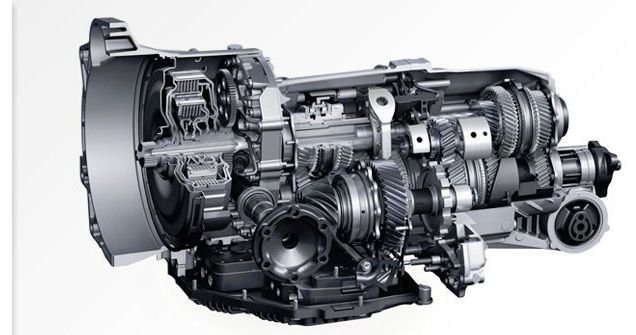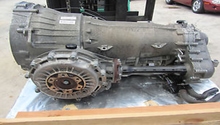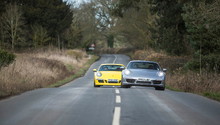Porsche 997: All About the PDK Transmission
With the introduction of the second version of the Porsche 997, the PDK (Porsche Doppelkupplung) gearbox was introduced for the 911 model. Continue reading to find out how it works and if it is good.
This article applies to the Porsche 997 (2009-2012).
With the 2nd version of Porsche 997, the PDK gearbox was introduced as a replacement to the Tiptronic gearbox. However, the PDK gearbox shouldn't be compared directly to the Tiptronic gearbox. Tiptronic is basically an automatic gearbox with the possibility to shift gears manually. The PDK gearbox is instead a manual gearbox with the possibility to shift gears automatically. To some, this may sound like an academic discussion, but it is actually a very important difference.
PDK has a clutch (or two actually, but more about that later) that is used when shifting gears, while the Tiptronic has a torque converter (like other automatic transmissions) instead. The advantage of having a clutch, as opposed to a torque converter, is that in such a transmission there is no lag and no loss of power. This also means better mileage, just like a manual gearbox. The torque converter is a fluid coupling, and there will always be some slippage when shifting gears.
Featured Video: How Torque Converters Work
The Porsche PDK Gearbox
The PDK gearbox was available for Porsche 997 Carrera and Turbo models 2009 to 2012. The GT-models where only available with manual gearboxes.
Porsche’s PDK is a 7-speed dual clutch gearbox. The PDK gearbox functions very much like a manual gearbox with the exception that the driver doesn't engage/dis-engage the clutch. Instead, the clutch is operated with a hydraulic system controlled by a computer. The PDK is operated either with the gear lever or with paddles on the steering wheel.
Technically, the PDK gearbox not only has one clutch, but two. It is actually like two gearboxes in one. It has two drive shafts (gearboxes), and each with its own clutch, which alternately connects the gearbox with the engine. This means that whenever a gear is engaged, the next gear can be pre-selected in the other gearbox. This in turn means that the next gear can be engaged very quickly.
Featured Video: Porsche PDK
Since the gear shifting is very fast in the PDK gearbox, it also affects the acceleration. The sprint 0-60 mph is actually faster for a Porsche equipped with a PDK, compared to a manual gearbox. A nice feature when accelerating from stand-still is the launch-control. To engage the launch-control, press the brake pedal hard with your left foot and hold it down. Then, floor the accelerator with your right foot. The engine will not redline, instead the computer chooses the ideal engine speed for a fast launch. The onboard computer will now show “Launch Control Active” in the display. When you are ready, simply release the brake. The car then accelerates, and the PDK gearbox switches gears when needed.

Whether or not a Porsche equipped with the PDK gearbox is fun to drive is basically up to the driver. Some people report that they find the PDK not so sporty as a manual gearbox, while other people just love the PDK. Although, one thing is objectively true and that is that PDK gearbox is a fantastic peace of engineering!
Negative aspects with the Porsche PDK gearbox is a higher price tag ($4,000 when the cars were new), some extra weight (60 lbs.) and the potential of higher repair bills if something breaks. There are some PDKs that are reported on the Internet to have failed, but so far it seems like they have all been replaced free of charge by Porsche. Even if the PDK probably is a high quality product, it is reasonable to assume that when they are out of warranty and breaks, it could be expensive.
Scheduled Maintenance
The scheduled maintenance for the PDK gearbox is every 90,000 km or every 6 years.
Related Discussions, and Site
- PDK vs Manual - Rennlist.com
- Falling Out of Love With PDK - Rennlist.com
- PDK Failures - Rennlist.com
- How to Launch a Porsche 997 - CarandDriver.com






